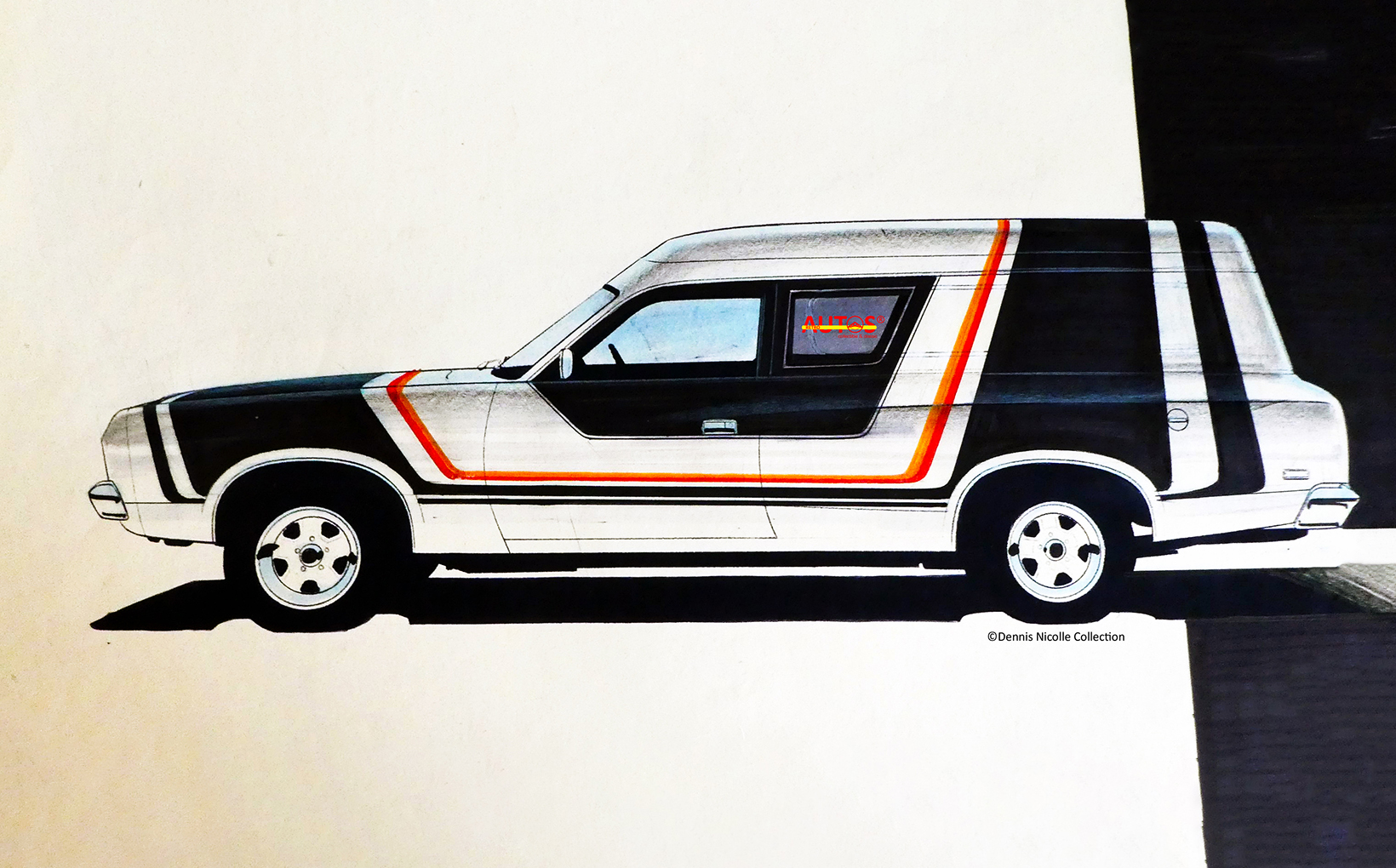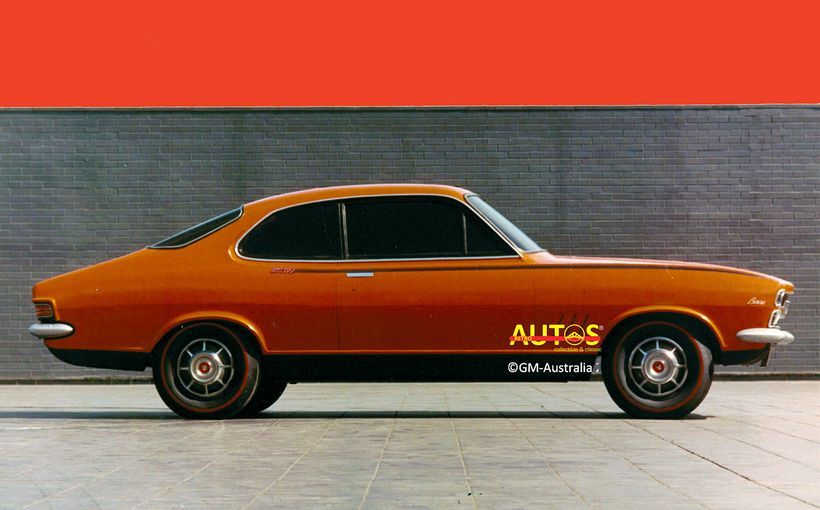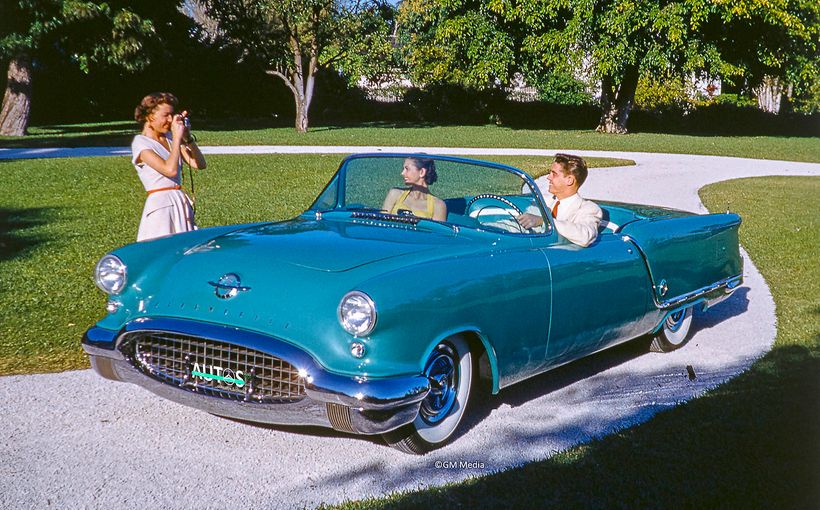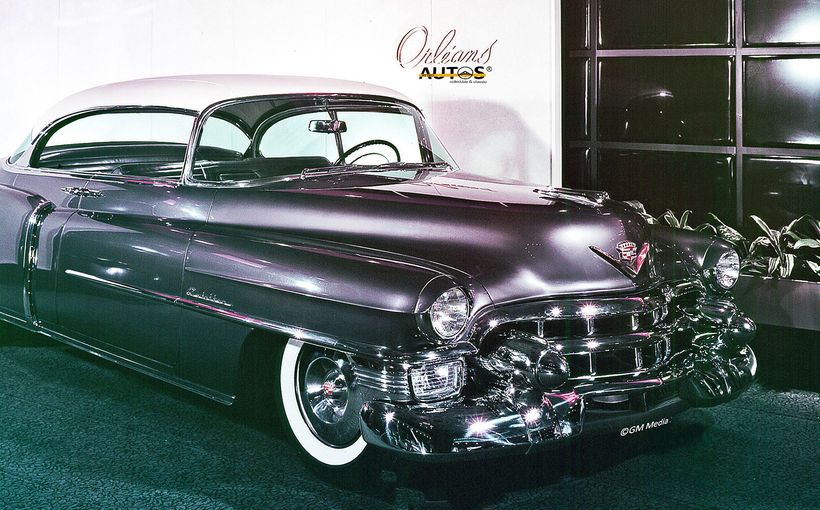
Between April 1977 and November 1978 Chrysler Australia rode the waves of surf culture with its Drifter panel van, ute, and, of all things, the Charger.
Like Holden’s Sandman and Ford’s Surferoo/Surfsider/Sundowner, the Drifter was aimed directly at increasingly affluent young males. Advertisements promised an endless summer—leisure, freedom, power, speed, sea, surf and sex—no matter how far you lived from a beach.


The Drifter was not a standalone model. It was an options pack on the CL Valiant panel van, which had been hurriedly developed on almost no budget and released in November 1976. As Chrysler/Mitsubishi Australia’s retired design manager, Dennis Nicolle, recalls:
“We needed a van and a surf type vehicle. And we needed them fast.”
Dennis was in the design studios when many of Chrysler/Mitsubishi’s most iconic cars were created. I interviewed him for the Shannons Design to Driveway series. There is a link to the video at the end.


Why wait?
Why Chrysler Australia waited until the mid-70s to develop a panel van is a combination of past experience, model suitability and product strategy. It is not as if they ignored the commercial market. They had been building car-based utes since the 1930s. In the 1950s utes accounted for a healthy 10% of the company’s sales.


In 1955 they created a DeSoto van, but it did not get beyond the prototype. I believe this car still exists. They tried again in 1958 by offering the Plainsman station wagon with inoperable rear doors as an alternative to a panel van. During the four years it was on the market a miniscule 69 were sold. When the R and S Valiant proved to be a such a success, Chrysler Australia had enough on its hands keeping up with demand for the sedan and planning to expand production capacity in Adelaide. No serious thought was given to selling the station wagon, let alone developing commercials.


The first Valiant-based ute, the Wayfarer, appeared in 1965. No van, though. From the research I’ve done, this reflects a series of strategic product decisions in the 1960s that prioritised development of the AP6/VC V8, VF/VG coupe, VE/VF/VG-VIP, VH/CH long wheelbase coupe, Charger and CH/CK Chrysler by Chrysler ahead of a panel van.
Interestingly, a one off 1971 VH van was built as part of a product placement deal for the TV series Division 4 and then used in other TV shows. But it went no further.


Sports car of the ‘70s

The popularity of the customised/surf vans, and utes, was evident since the mid-sixties. Beach side parking lots were filled with second and third hand vans, with boards on top and a mattress in the back. Ford tested the potential of this market when it developed three XW Falcon ute concepts, called Surferoo. The reaction was overwhelmingly positive. In 1972 Holden joined the scene with its concept car, the HQ Ewe’t.

By the mid-1970s, new panel vans had become big sellers, accounting for 20% of commercial vehicle sales, double that of a decade earlier. Between 1968 and 1972 Ford experienced a tripling of its van sales. The combination of V8 engines, bright colours, great advertising and a lower price (commercials attracted less sales tax than passenger cars) was enticing young guys into dealerships. This surge led to the 1973 XB Surferoo and Surfsider models, and then the Sundowner in 1977.

Over at Holden, then design director, Leo Pruneau, was seeing the same sales dynamics. He explains what happened next:
“During the HQ model run we put Monaro front guards on a Belmont panel van, blacked out the headlight surrounds, added a Monaro GTS steering wheel and some stripes and decals, called it the Sandman and stood back as they flew out of the dealerships.”

Encouraged by the success of the HQ Sandman, Leo and his team spoke to a group of van enthusiasts:
“We found they wanted a van with a GTS interior, a choice of engines and a bare bones panel van section out the back. That was because everyone wanted to customise the back themselves, with stereos, carpet, mirrors and a mattress. So that was what we did with the HJ Sandman onwards.”
When testing a Sandman for the May 1976 edition of Wheels, Peter Robinson reported that:
“Holden panel van sales have grown dramatically…to the point where they outsell the ute by two to one.”
Peter concluded that:
“Whether the string-backed glove purists recognise the fact or not, the Holden Sandman is the "sports car" of the seventies and in marketing terms is the automotive equivalent of the MG TC…The Sandman is to the Holden panel van (and utility) what the GT was to the Falcon or the GTR to the Torana. In theory, at least, it is the sporting expression of the panel van philosophy. The reality, after 10 days' motoring, is that the sport is best confined to the mattress in the rear compartment rather than on the road.”

Town and Country: Missed opportunity

Before I get to the Drifter, let’s take a moment to consider the 1971-73 VH/VJ Town and Country ute.
The Town and Country was a “luxury” option package comprising bucket seats, centre console and shifter, sports steering wheel, styled wheels, “racing” fuel cap, stripes and a black vinyl roof. Most of this package is what Ford and Holden would later offer in the Surferoo/Sundowner and Sandman.
But the name—Town and Country— was a total turn off. It projected images of wealthy, aging landed gentry hauling hay bales in grand style. It also shouted out to young buyers to STAY AWAY! Just 1,084 were sold, according to Bill Papanicolaou’s Valiant InfoBase website.

Chrysler Australia already had a name for a youth/leisure ute. It was “Hang Ten”. But the product planners wanted to use it on a special edition Charger. It was never released.
Had the company’s senior decision makers thought a little more about the growing youth/leisure market, and the power of a name to shape a car’s image, our automotive history might have been different. With the right advertising campaign—bikinis, boardshorts, sun, sea and surf boards—a VH Hang Ten ute (and van) would have beaten the Sandman and Surferoo/Sundowner to the market by almost three years.

Styling to Surf


Design work on Chrysler’s van began in late 1975. Brian Smyth, who was Chrysler Australia’s styling studio manager, and Dennis’ boss at the time, led the project. Dennis recalls the design process:
“We didn’t have time or money to play around. We built a wooden framework on the back of the ute tray. Brian did all the sketches and tape line drawings. Ross Slape, a fellow designer, and I, quickly loaded clay onto the frame using Brian’s drawings as a guide. Shortly after we finished, Brian presented the clay model to senior management. They approved it immediately. It was that quick.”


Next came the Drifter. Dennis told me that:
“Because we were third on the surf van scene, we had to have something that stood out. We gave it bright colours, big stripes and decals, Charger grille, quartz-halogen headlights, colour-coded bumpers, styled wheels, sports dashboard, fully lined rear section, carpet and bucket seats.”
Early in the design process many alternative decal and stripe combinations were sketched and evaluated by the Australian and American-based international design teams.




Within a short time one theme started to emerge. It was sketched and then evaluated on full sized prototypes. Dennis explains why it was chosen for further development.
“The large stripes that turned upwards at the rear certainly made the car stand out.”



But Dennis was not convinced this theme hit the target.
“The right-angled stripes made the van look a bit too high, too bulky.”

Thinking about it more, Dennis took inspiration from the tail of a Qantas 747.
“I saw how the flying kangaroo was silhouetted against the red paint of the tail. It was swept up at an angle and really lifted the look of the plane. I did some sketches. Instead of the stripe having a right angle bend up the side of the vehicle, I angled it.

Dennis showed Brian Smyth the sketches:
“He said ‘OK, it looks great. Do a mock up on the van in the studio.’ So, I applied it to one side of the van.”
At the same time, Bill Brownlie, who was head of the Dodge styling studio, was in Adelaide to review the CM Valiant proposals. Dennis explains what happened next:
“Bill and Brian reviewed my proposal. Both agreed that ‘it looks great, let’s do it.’And that’s how the Drifter got its stripes.”

Dennis then worked with the 3M Company to create the decals/stripes. A few months later, he spent three days on the production line working with the team to perfect the application process on moving cars.
“We used one litre hand held spray bottles, filled with liquid soap and water. We sprayed the solution on the side of the van, put the decal in position, smoothed it out with plastic paddles and wiped it dry. It was not easy with cars moving along the line. The production team were great. They worked so hard to ensure those decals were aligned all the way along the car.”

Drifting ashore

During its two years on the market, 1,959 CL vans were sold, including 338 Drifters, according to the Valiant InfoBase. Of the 4,534 CL utes, 115 were Drifters.
The low sales numbers reflected the market dynamics. By the time the Drifter reached dealerships, the surf van/ute craze had peaked. Everyone who wanted one had bought one. Holden axed the Sandman in 1980. Ford persisted with an XD Sundowner, but that was it.
Drifter sales were also not helped by internal competition from a cheaper option package on the CL commercials, the Sport Pack. It went to 1,815 buyers.

Meanwhile, as the Charger’s sales were falling, the Drifter name was applied to the last of the breed. Dennis explains:
“It was a marketing special of the CL. Only 73 were built. It was basically to use up body shells.”



With Chrysler Australia’s market share in decline and profits turning into losses, the van, ute and Charger were dropped from the CM’s line up. The brief tenure of the Drifter had ended.
And yet, despite its late entry and short time on the market, the combination of the Drifter’s rarity, blazing graphics and bright colours has ensured its place in our popular culture. Along with the Sundowner and Sandman, the Drifter is an automotive icon of the 1970s.

Links: Dennis Nicolle’s Design to Driveway interview, Mark Oastler’s Valiant Ute history
Retroautos is written and published with passion and with pride by David Burrell. Special thanks to Dennis Nicolle, Paul Blatch and Bill Papanicolaou’s Valiant InfoBase. Retroautos stories and images are copyrighted. Reproducing them in any format is prohibited. Retroautos is a registered trademark. Reproducing it in any format is prohibited.








